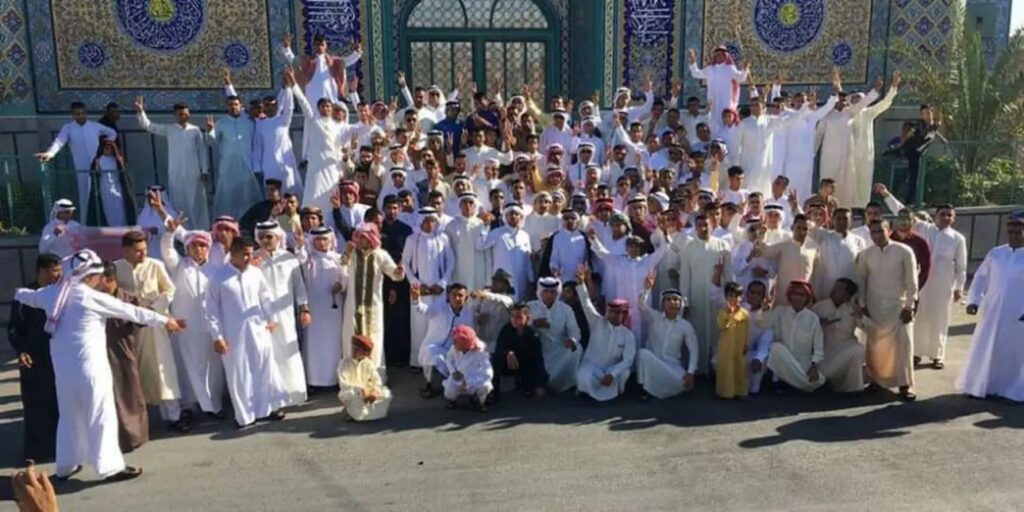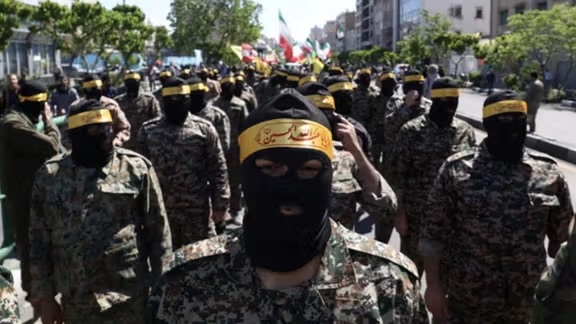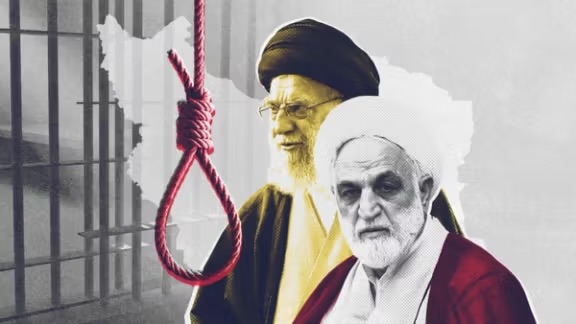
Ahwaz is a region under occupation where Iran has, for decades, sought to erase its Arab identity and impose demographic changes that serve its interests and hegemony. In light of the displacement and Persianization policies pursued by the Iranian regime, the Ahwazi people understand that preserving their identity and existence is not solely dependent on political struggle and resistance. It also extends to other methods that rely on long-term planning. One of the most prominent of these methods is strengthening the institution of marriage and encouraging high birth rates as a strategic means to preserve the Arab majority and counter Iranian policies aimed at altering the demographic makeup of the region.
The Importance of Marriage and High Birth Rates in Ahwaz:
1. Preserving Arab Identity:
Marriage and family formation are effective ways to maintain the Arab identity of the Ahwazis. Amid the Iranian occupation’s attempts to impose a Persian identity and cultural change, Ahwazi families work to raise new generations on Arab values and culture, ensuring the continuation of Ahwazi heritage across generations.
2. Confronting Displacement and Persianization Policies:
Ahwaz faces systematic policies from the Iranian regime aimed at displacing Ahwazi Arabs and replacing them with Persian settlers, known as the “Persianization” project. By increasing marriage and birth rates, the Ahwazi people can counter these demographic policies, as forming large families helps maintain the Arab majority in the region.
3. Increasing the Youth Population:
Youth are the most important element in political and social resistance, and increasing their numbers is a guarantee of continued struggle against the occupation. Since youth make up the largest portion of Ahwaz’s population, high birth rates will ensure a large number of young people capable of resisting Iranian occupation and participating in any future efforts for independence.
4. Enhancing Political and Social Power:
Large populations represent significant political power. The larger the Ahwazi population, the greater their ability to influence the political landscape both domestically and internationally. A large population density strengthens Ahwazis’ demands for recognition of their political, economic, and cultural rights, whether within Iran or on the international stage.
5. Resistant Economy:
High birth rates and marriage lead to the formation of interconnected communities capable of building an internal resistant economy. Despite economic policies aimed at marginalizing and impoverishing the Ahwazis, large families can create economic networks that rely on cooperation within the community, thus enhancing economic and social resilience against the occupation.
Obstacles Imposed by the Iranian Regime:
1. Economic and Livelihood Restrictions:
The Ahwazi people suffer from deliberate economic marginalization by the Iranian authorities. High poverty and unemployment rates present significant challenges to marriage and high birth rates. The Iranian authorities aim to reduce the number of marriages in Ahwazi society, thereby lowering birth rates and serving the Iranian demographic project.
2. Manipulation of Reproductive Health:
The Iranian regime employs measures aimed at limiting the reproductive capacity of the Ahwazis, whether through providing medications that affect fertility or promoting unhealthy foods that lead to infertility. The authorities use these methods to weaken the Ahwazis’ ability to reproduce.
3. Encouraging Illicit Relations and Promoting Corruption:
In an effort to undermine moral values in Ahwazi society, the Iranian regime spreads corruption and illicit relationships through the promotion of prostitution and temporary marriages. These policies not only destroy the traditional family structure but also weaken the desire for legitimate marriage and the formation of strong families capable of resisting the occupation.
Solutions and Proposals to Support the Strategy of Marriage and High Birth Rates:
1. Encouraging Early Marriage:
Despite the economic difficulties imposed by the Iranian regime, efforts should be made to promote a culture of early marriage in Ahwazi society. By providing community support to young couples, economic constraints can be mitigated, reducing their impact on marriage decisions.
2. Launching Awareness Campaigns on the Importance of Reproduction:
Awareness campaigns should be launched to promote the importance of reproduction in countering Iranian schemes. The idea that high birth rates are an effective means to preserve Arab identity and secure the future of coming generations should be widely promoted.
3. Providing Economic and Social Support for Large Families:
The Ahwazi community needs to build economic and social support networks for large families to ensure their sustainability in facing the economic crises imposed by the regime. These networks could include financial aid or the creation of job opportunities based on community cooperation.
4. Promoting Ethical Values and Encouraging Traditional Marriage:
It is essential to counter the Iranian regime’s attempts to spread corruption by promoting moral and religious values that support the institution of marriage. This can be achieved through the role of scholars and religious leaders in Ahwazi society, who should encourage young people to adhere to Islamic and Arab values that call for marriage and family formation.
Conclusion:
In the context of the Iranian occupation of Ahwaz, marriage and high birth rates become a long-term strategy to counter demographic changes and Persianization policies. By preserving the institution of marriage and increasing birth rates, the Ahwazi people can strengthen their presence and affirm their Arab identity, contributing to the protection of future generations and achieving independence from Iranian occupation.
Ahwaz News Agency





